This week I focused a lot on banana trees and fruit forest maintenance. I was able to pick four banana bunches that were each a different variety. I also planted banana plants at Roy’s house from what I uprooted here at Widane in Week 1. Lastly, I learned that in order to have a well functioning fruit forest, you have to plant more than just fruit.
I started off the week planting dozens of sprouted squash seeds. Initially I was confused as to how it related to tropical fruit trees or bananas. It turns out that squash is a great ground cover for fruit trees, specifically young fruit trees. In the beginning, young fruit trees can not take up as much water because of their shallow root system. Because squash leaves get noticeably droopy when they need water, squash is good at indicating when you water your fruit trees. Another thing I planted a lot of this week was gandule beans. One of the most common missing nutrients in soil in nitrogen. Gandule beans are planted in conjunction with trees in the fruit forest in order to give the soil a nitrogen boost.
Part of what makes bananas such a profitable crop is its ability to reproduce by suckers. As stated before, in week one, I helped uproot a few banana plants that were blocking the swale that is located in the banana forest. We separated and saved their suckers or “daughter plants” for replanting at another location. This week we took the those same suckers and planted them in Roy’s banana and papaya mangrove. We also planted a few avocado, papaya, guanbana (soursop), and gandule bean plants.
At Wildane, I was able to harvest four different varieties of bananas: Kru, Red, Java Blue (also known as Ice Cream banana), and a type of Cavendish. Because the banana forest at Wildane is so lush, it’s easy to find trees in different stages of growth. I found the Red bananas down by the river, and the Cavendish variety in a little patch of the banana forest closest to the fruit forest. The Kru and Java Blue bananas were harvested from trees that had fallen due to a small thunderstorm we had in combination with old age. They were not exactly ripe when I cut them down, but because the tree had fallen I had to harvest them a little earlier than usual. There were also a few bruised bananas that had to be cut off in order to prevent insects from invading the bunch.
According to Esther, after harvesting the fruit it is best to cut the entire plant down (while leaving the daughter plants), as it is finished fruiting. The tree, after being cut up, is great organic matter to add to the soil of the forest floor. Another thing I learned about harvesting bananas, is that when dealing with a heavy bunch, it is best to cut them off one “hand” at a time. I learned this the hard way when I attempted to cut down the Cavendish bunch. These bananas were the biggest out of all the bananas I picked this week and weighed at least 60 pounds. In addition to that, were pretty high up so I had to use a ladder. I cut them down like all my other bunches, but it was so heavy that as soon as I cut the penducle, the whole thing fell before I could catch it. The rachis also broke off, and that’s the part we hang them by once we bring them back to the house, so I had to hang them upside down instead. Later on in the week, and as the bananas ripen, I will do a few tasting labs to show the difference between varieties.
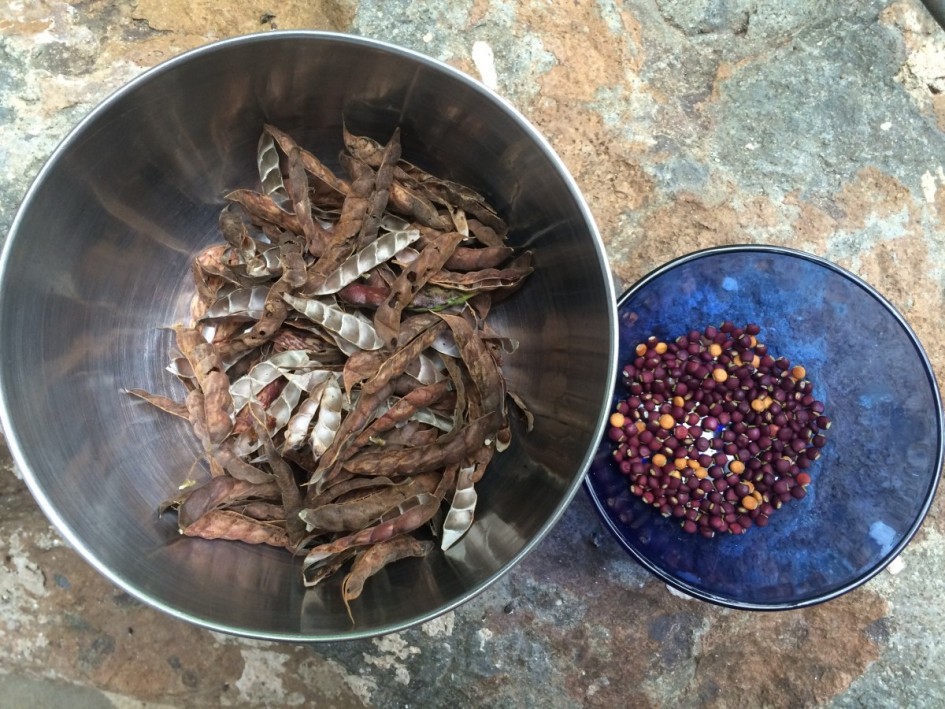
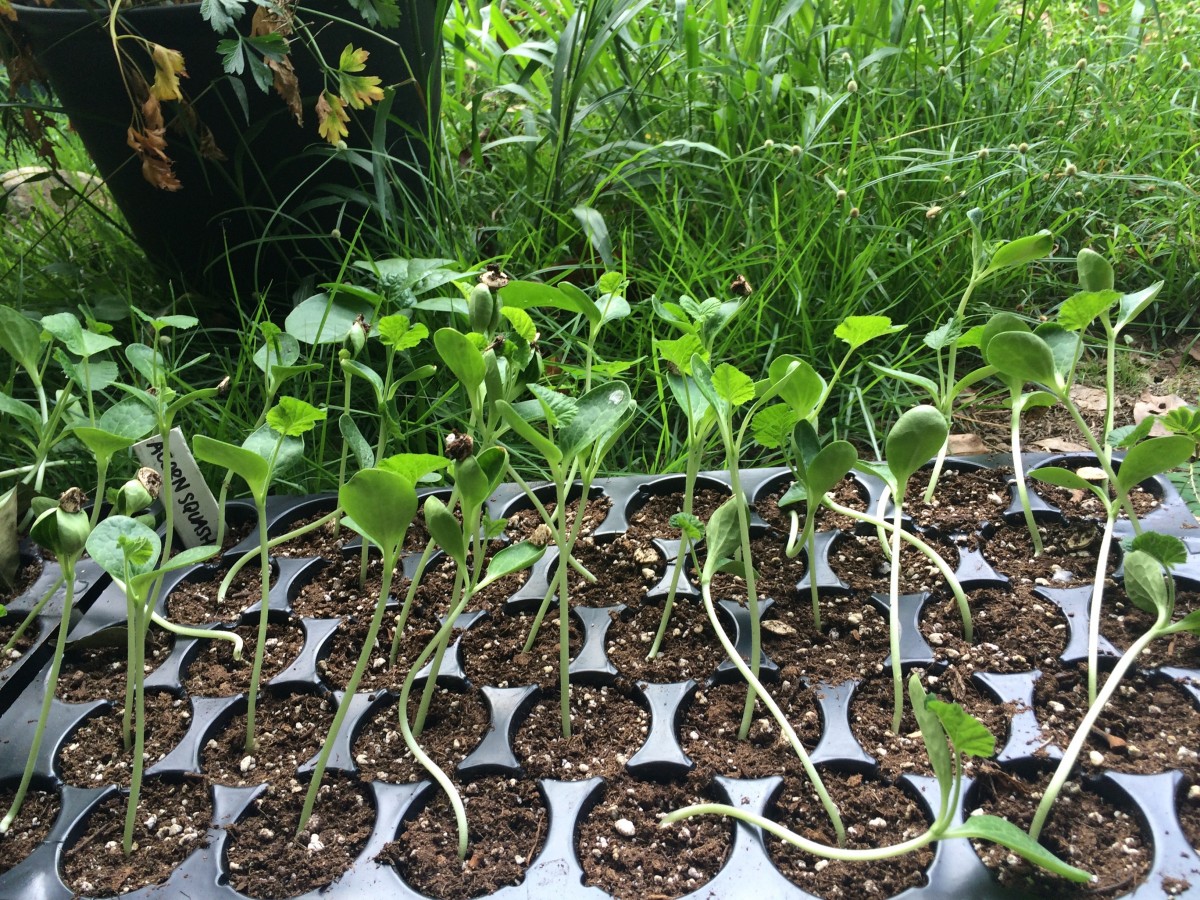



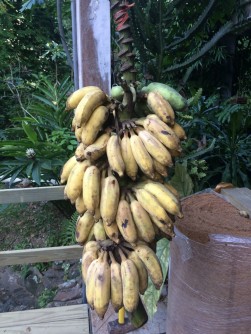
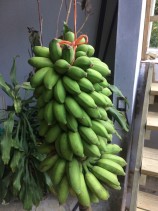
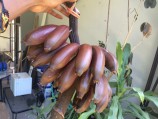
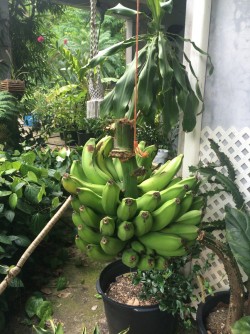
Leave a Reply